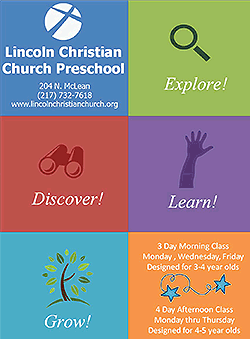|
 When the driver in a crash wasn't wearing a seatbelt, young
passengers up to age 15 were 16 times more likely to also be
unrestrained than when drivers were buckled up, the study found. And
when drivers went without seatbelts, passengers ages 16 to 19 were
about 53 times more likely to be unrestrained. When the driver in a crash wasn't wearing a seatbelt, young
passengers up to age 15 were 16 times more likely to also be
unrestrained than when drivers were buckled up, the study found. And
when drivers went without seatbelts, passengers ages 16 to 19 were
about 53 times more likely to be unrestrained.
"Often times, young passengers do not and cannot make the decision
to be properly restrained - it is the driver's responsibility," said
lead study author Douglas Roehler of Rush University Medical Center
in Chicago.
"If the driver in a crash with a child passenger is not making the
safe decision for themselves, we found that they were less likely to
make safe decisions for their young passengers," Roehler said by
email.

Parents should put infants and toddlers in the back seat in
rear-facing car seats as long as possible, at least until they're
around 2 years old or too large or heavy to fit in that position,
according to the American Academy of Pediatrics (AAP).
After that, children should remain in the back of vehicles in
front-facing car seats as long as possible, until they reach the
weight and height limits for the seats. Many seats can work until
kids weigh about 65 pounds.
When children can no longer use car seats, they should switch to
booster seats until the vehicle's lap and shoulder belt fit
properly, which may happen when children are at least 4 feet 9
inches tall and 8 to 12 years old, according to the AAP.
For the study, researchers examined nationwide data on fatal and
nonfatal crashes involving passengers aged 19 and younger from 2011
to 2015.
In a sample of all crashes during this period involving a fatality
with a child passenger present, 32 percent of children up to age 8
died, 34 percent of 9-15-year-old passengers died and 40 percent of
16-19-year-olds died.
At the national level, the researchers calculate, about 25 in every
1,000 kids aged 8 and younger were killed as unrestrained passengers
in motor vehicle crashes, as were 42 in every 1,000 youth 9 to 15
years old and 38 in every 1,000 teens aged 16 to 19.
In both fatal and nonfatal crashes, boys made up more than half of
the unrestrained young passengers age 15 and under, but girls made
up the majority of unrestrained passengers in crashes involving
older teens in the study.
[to top of second column] |

One limitation of the study is that researchers lacked data on the
type of restraints used by passengers, making it impossible to know
if infants were properly placed in back seats in rear-facing seats
or if the oldest teens who did use seatbelts used both the lap and
shoulder belts.
The study also only looked at fatal crashes and nonfatal collisions
requiring tow trucks, leaving out less-severe crashes.
Still, the results suggest stricter state laws around driver
seatbelt use may have an added benefit of increasing the chance that
young passengers will be properly restrained, the authors conclude.
"Drivers who wear a seatbelt are likely more to be safety conscious
when riding in a motor vehicle," said Dr. Lois Lee, a pediatrics and
emergency medicine researcher at Harvard Medical School and Boston
Children's Hospital who wasn't involved in the study.
"They may also be more aware of seatbelt laws in their state," Lee
said by email. "As a result, they are more likely to be aware of
recommendations for safe driving with children and will exhibit
safety behaviors involving their children."
States generally require drivers to wear seatbelts and children to
have seatbelts or boosters, but enforcement policies vary and may
influence how seriously people take these rules, said David Schwebel,
a researcher at the University of Alabama at Birmingham who wasn't
involved in the study.

"The take-home message for parents and other adults is that your
children are watching you," Schwebel said by email. "If you are safe
- you wear your own seatbelt and you insist that your child use
appropriate restraints - then your child will be safe, both in the
immediate present but also in the long-term future."
SOURCE: https://bit.ly/2SmUs63 Pediatrics, online February 4, 2019.
[© 2019 Thomson Reuters. All rights
reserved.] Copyright 2019 Reuters. All rights reserved. This material may not be published,
broadcast, rewritten or redistributed.
Thompson Reuters is solely responsible for this content. |